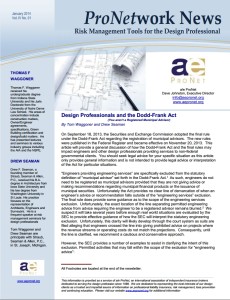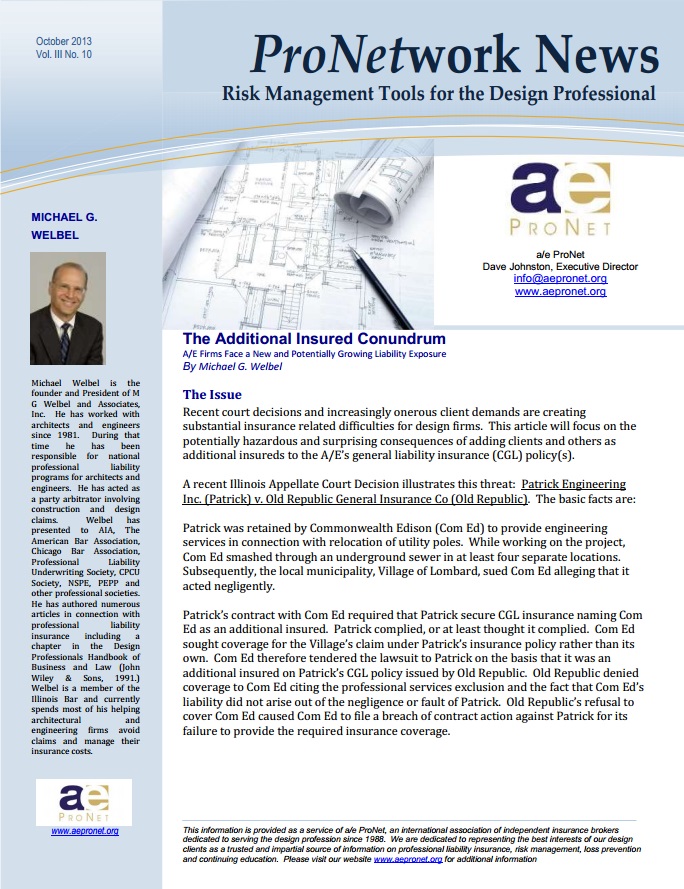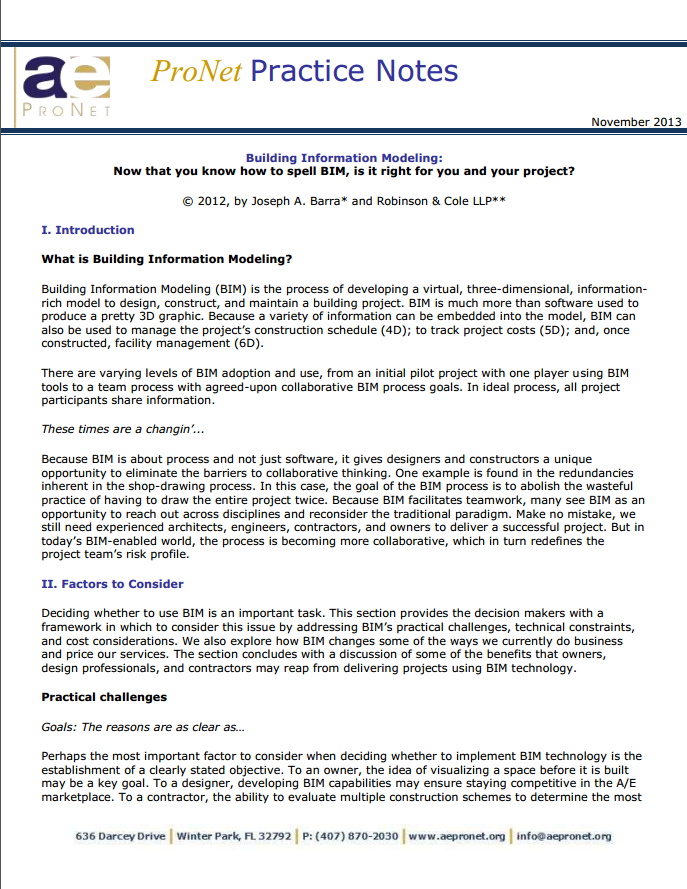Before a design professional decides whether or not to report a professional liability claim, or circumstance out of which a claim might arise, he or she must understand the definition of a claim, circumstance and what is required of them under their policy. The pros and cons of reporting or not reporting a claim are more fully explored in this Practice Notes.
Why Firms Neglect to Report Claims
From an insurance provider’s point of view, it seems that design firms faced with a claim (or a potential claim) too often come close to jeopardizing their professional liability insurance (PLI) coverage. Many firms resist calling their insurance provider to report the matter or ask for advice. Their reasons tend to fall within one of four categories:
Ignorance. They do not realize what their policy requires of them when they are presented with a claim or possible claim.
Fear. They fear the black mark on their claim history more than they fear the claimant.
Denial. They believe that ignoring the problem will produce the best result.
Resolve. They have read their policies, understand the risks, embraced that the issue exists andafter this careful analysis, choose not to report.
Know Your Terminology
Claims
It is critical that insurance policyholders understand their duties, responsibilities, and benefits under their PLI contract. One of the duties is to report all claims promptly.
What defines a claim? Most policies refer to it as a “demand for money or services.” So the telephone call from the angry client asking you to pay for damages they believe they have suffered as a result of your professional services would rise to the definition of “claim” under most policies.
Why is this definition important? Remember, you must report claims promptly. Failure to meet your obligations under the insurance policy may jeopardize your coverage.
Possible claims
It is important to know how your insurance policy defines a “claim” versus a “possible claim.” Possible claims typically do not rise to the definition of “claim” but could become one. Policies generally define possible claims as “a circumstance from which you reasonably expect that a claim could be made.”
Are you required to report these instances to your insurance company? Maybe. Most policies read, “if you report a circumstance,” but some state, “you must give written notice.” The circumstance provision in most policies goes on to say that if you follow the reporting requirements, “then any claim that may subsequently be made against you arising out of such circumstance shall be deemed to have been made on the date the insurance company received written notice of the circumstance.”
With some policy forms, firms have a fair amount of discretion on whether to report a “circumstance,” unlike the requirement that you promptly report all claims. Keep in mind that most PLI policies for design firms are claims-made, which means that insurance cove rage is not retroactive to an unreported occurrence. Continue reading “To Report or Not To Report? A Potential Claims Question…”











